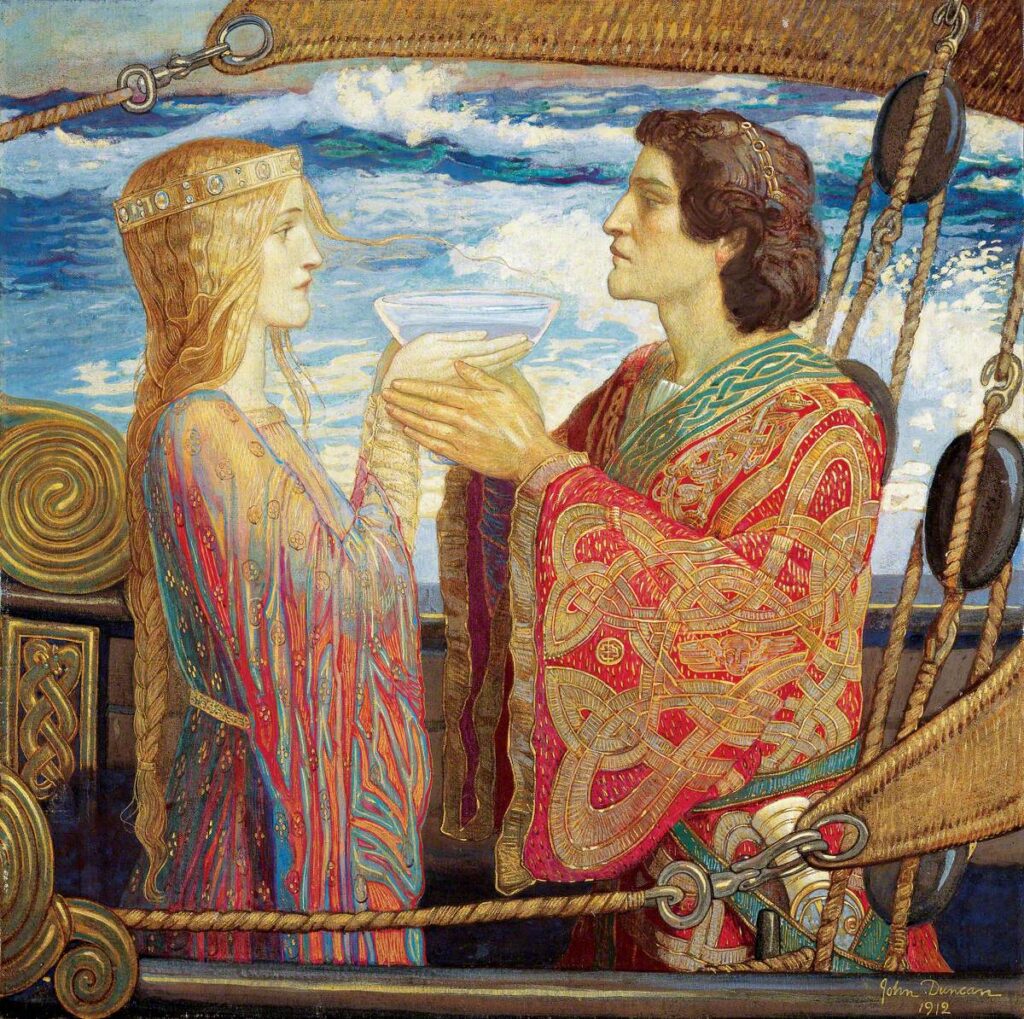Focus On: (260) Huberta
St. Hubertus or Hubert (c.656-727), a kind of pre-Francis who established ethical rules on hunting, and cared about the welfare of animals. Hubert is venerated every year by the hunts in formal ceremonies. He is patron of archers; dogs; forest workers; trappers; hunting and huntsmen; mathematicians; metal workers; smelters and the city of Liège.
Focus On: (260) Huberta Read Post »










